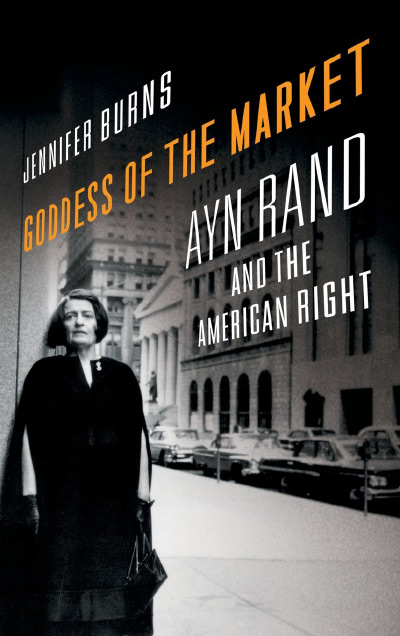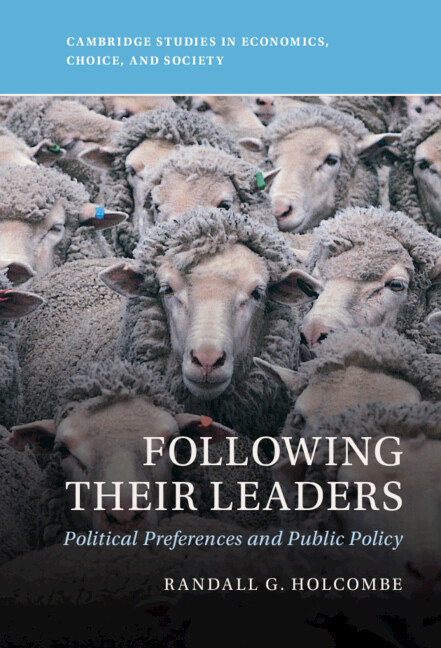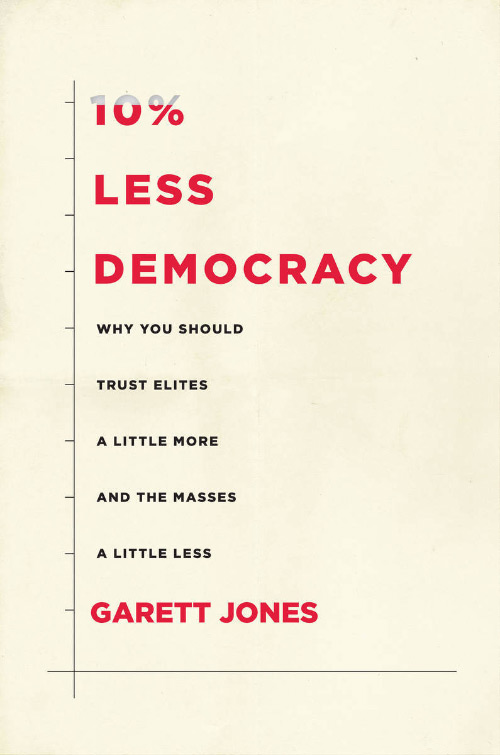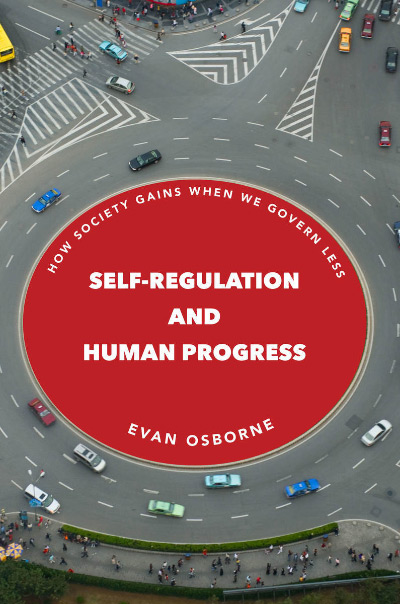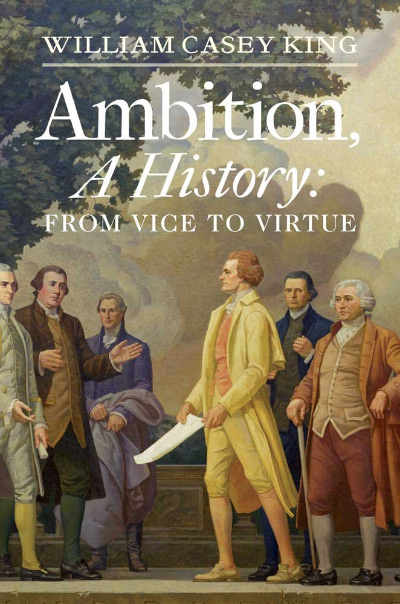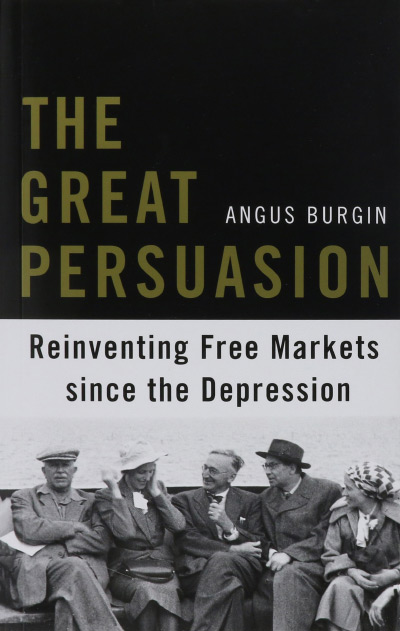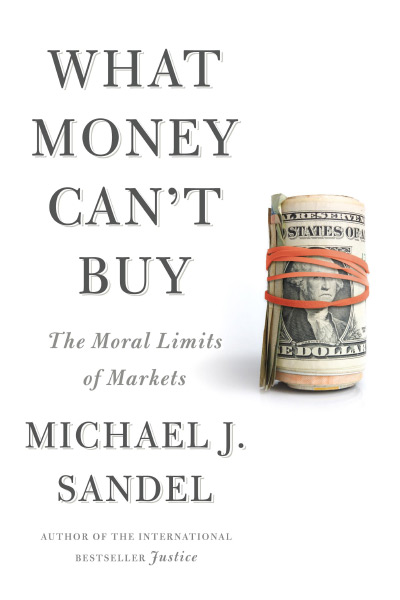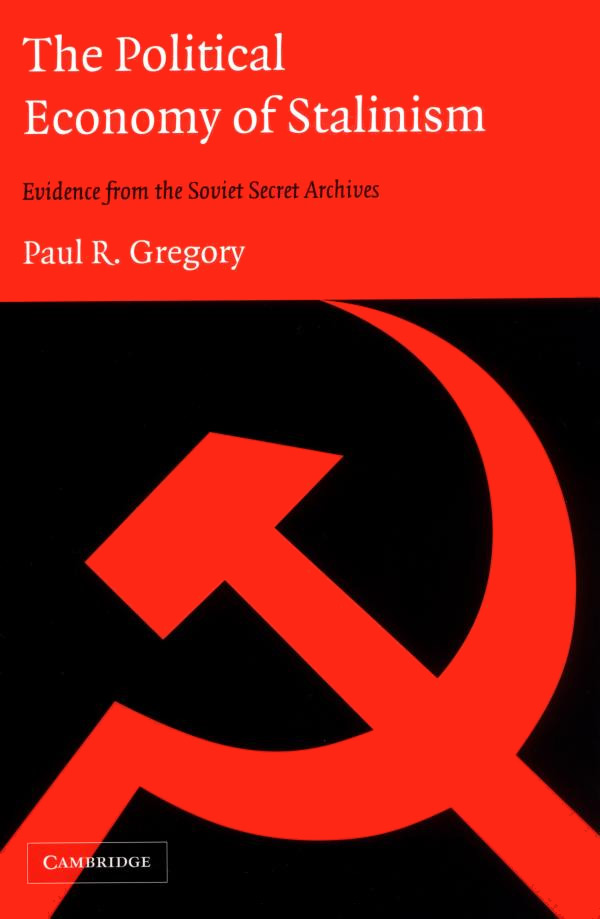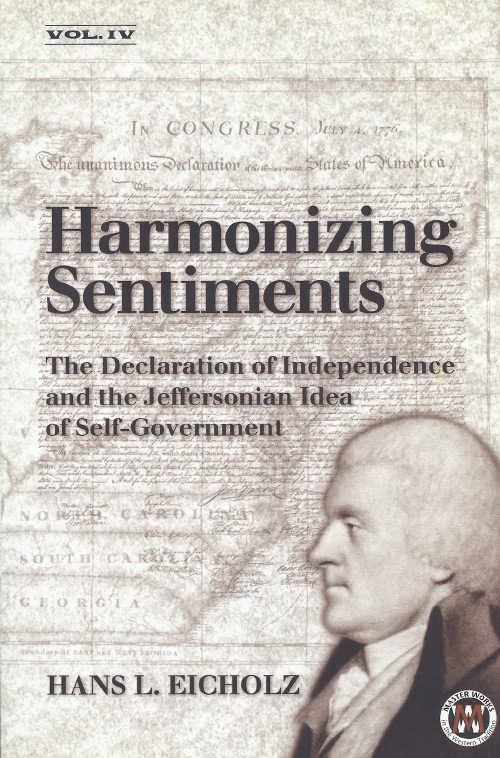The title Goddess of the Market is misleading; it prepares the reader to expect a sarcastic hatchet job rather than the serious, even-handed, and engaging book that Jennifer Burns has given us. Yet in another sense the title captures the central riddle with which the book wrestles. Can the market have a goddess? In other words, can one combine the free-wheeling, exploratory, individualistic character of voluntary exchange—the market—with an insistence on intellectual submission to the theoretical system of a single person—the goddess? The tension between, on the one hand, the freedom and independence that Ayn Rand so eloquently championed and, on the other hand, the often rigid and incurious manner in which she championed them is a central theme of Burns’s book.
The subtitle seems more straightforward. The book is neither a study of Rand’s personal psychology in the manner of Anne Heller’s Ayn Rand and the World She Made (New York: Nan A. Talese, 2009) nor an intellectual biography in the manner of, well, none as yet. Instead, Burns’s focus is on “Rand in relationship, both with the significant figures of her life and with the wider world” (p. 5). What Burns has to say about Rand’s personal relationships is largely familiar material; Burns’s more distinctive focus is on Rand’s relationship with the American “Right,” a term that for Burns encompasses both conservatism and libertarianism.
But there are puzzles here, too: Is there indeed a “Right” that includes both of these groups? Given the standard libertarian charge that conservative enthusiasm for free markets is mere lip service or a cover for probusiness regulation, does “the market” mean the same thing for both? Some libertarians identify with the Right, and others (fewer, but increasing) with the Left; still others, perhaps the majority, claim to be neither Left nor Right. Burns traces some of these strands, too, but pays rather less attention to the question of just how the term right is to be understood.
Burns’s book follows Rand’s career from her early enthusiastic engagement with other market-oriented thinkers to her later years of increasing intellectual isolation and paranoia about the “theft” of her ideas. Rand’s greatest influence was paradoxically on thinkers and movements she disowned. This attitude of protective secrecy against a hostile world, encouraged by Rand during her later years, unfortunately survives among many of her students; Burns documents some of the disturbing alterations that have been made in the publications of letters, journals, and lectures (pp. 291–93; see also p. 305, n. 19, and p. 344, n. 3) to conceal any signs of hesitancy, inconsistency, or infelicitous expression on Rand’s part.
Although there’s much to like in Burns’s book, she has a frustrating tendency to place Rand’s ideas in the space of causes rather than the space of reasons—which is why the book does not count as an intellectual biography. Burns often seems less interested in whether Rand had good or bad reasons for thinking something than in the influences that acted on her thought and the further influences that this thought had on others. “Rand’s defense of individualism, celebration of capitalism, and controversial morality of selfishness can be understood only against the backdrop of her historical moment,” she tells us, for example; these ideas all “sprang from her early life experiences in Communist Russia” (p. 2). Fair enough, but did Rand draw justified or unjustified inferences from her experience? Burns does not answer; for her, Rand’s philosophy seems to be a collection of theses, and what Rand’s arguments were for those theses, let alone whether the arguments were sound, appears not to concern her. Perhaps Burns thinks a focus on causes rather than reasons is the historian’s proper role; if so, I would commend to her attention R. G. Collingwood’s The Idea of History (Oxford, U.K.: Clarendon Press, 1945).
Like many previous commentators, Burns observes a shift in Rand’s thought away from Nietzschean elitism between We the Living and The Fountainhead. But where others have tended to seek the explanation in Aristotle’s growing influence, Burns instead (or in addition) credits Rand’s practical engagement with working-class voters during the Wendell Willkie campaign—a campaign that, Burns convincingly argues, likewise played a crucial role in altering Rand’s attitude toward capitalism from suspicion to ardent endorsement. But, again, Burns stops at the level of causes and resists analysis of reasons.
Moreover, one longs for a fuller analysis of the concept of “capitalism” here. Does it refer to the prevailing corporate-dominated economy or to a genuinely freed market, which might (and, many libertarians have argued, would) be very different? And how can Rand credit capitalism with all sorts of historic achievements while at the same time complaining that capitalism has never existed?
Burns further documents a shift back to elitism, albeit of a less Nietzschean variety, between The Fountainhead and Atlas Shrugged. She seems right about this matter, too; business executives in The Fountainhead are almost invariably gladhanding parasites whose subordinates handle all the real work, a pattern completely inverted by the “pyramid of ability” in Atlas. But Burns’s explanation of this shift is unpromising; she sees it as the natural result of the inherent elitism of libertarianism itself. Where The Fountainhead “uncoupled libertarianism from its traditional elitism” (p. 88), Burns tells us, Rand’s post-Fountainhead work drifted “back to the elitism of the early libertarians” (p. 113) such as Herbert Spencer and William Graham Sumner (pp. 73–74).
This claim is odd for a history professor to make because the central tendency of nineteenth-century libertarianism was radically egalitarian and antielitist. Thomas Hodgskin, Josiah Warren, William Lloyd Garrison, Ezra Heywood, Auberon Herbert, Lysander Spooner, Benjamin Tucker, Sarah Holmes, and Voltairine de Cleyre make poor casting as elitists; indeed, many called themselves “socialists” despite their support for free markets and private property because they saw inequality and the position of the privileged classes as the result of government intervention. And even among the libertarian thinkers whom Burns identifies as elitist, Sumner railed against “plutocracy,” and Spencer called for control of industry by workers’ cooperatives. The elitist, pro–big business strain in libertarianism didn’t become dominant until libertarians were thrown into an alliance with conservatives as a reaction against the rise of state socialism.
Burns sees things differently; despite her recognition of the tensions between libertarians and conservatives, she considers libertarianism’s natural tendency as elitist and its natural home as being on the right, among the “fierce defenders of the free market and apologists for all the social consequences thus engendered” (pp. 247–48), whatever precisely she takes those consequences to be (her wording implies that she takes them to be inegalitarian). She accordingly dismisses libertarianism’s rapprochement with the egalitarian New Left in the 1960s and 1970s as a “brief moment” with no lasting consequences (p. 247), which suggests she has not been reading The Freeman lately or following the anticorporatist movement or the thriving Internet culture of the libertarian Left.
For Burns, Rand’s chief political contribution was to “moor the libertarian movement to the right side of the political spectrum” (p. 248). I would say nearly the opposite: that Rand, in her opposition to religious traditionalism, her insistence that she was radical rather than conservative, her break (five years before Murray Rothbard’s) with the Buckleyite Right, and her identification of mainstream liberalism as fascist rather than socialist, played a crucial role in helping libertarianism emerge once more as a self-consciously independent movement rather than as a tendency within conservatism. Rand’s initial effect, then, was to push libertarians back toward their leftist roots; and it was only after she found that she’d pushed them farther than she’d intended that she began to transform herself into a conservative force pulling back toward the right.
Burns may well be too embedded in a conventional political outlook to grasp the full force of libertarianism’s antielitist tendency. For example, she seems to have a rosy view of Franklin Roosevelt, whom she describes as “securing . . . the livelihood of impoverished Americans” (p. 38), despite increasing recent recognition that his policies lengthened the Depression and primarily benefited the wealthy and well connected. She portrays criticisms of the New Deal in pejorative terms as “dark mutterings” (p. 48), and describes the Tennessee Valley Authority (p. 53) as though its only victims were big utility companies rather than thousands of displaced farmers as well. Burns mentions admiration of Mussolini on the part of some of Roosevelt’s enemies (p.49), but she fails to mention the strong current of pro-Mussolini sentiment equally expressed by Roosevelt’s own supporters, such as Rexford Tugwell, and indeed on occasion by Roosevelt himself. Opposition to the New Deal and identification of it as essentially fascist were central to the rebirth of the American libertarian movement as well as to Rand’s own political development, so Burns’s blind spot here threatens to vitiate her analysis.
Perhaps related to this trend in the book is Burns’s dismissive attitude toward Rothbard, whose impact on the libertarian movement she disparages; Rothbard’s appeal was “limited,” she tells us, and his “extremism . . . did much to damage the movement” (p. 338, n. 24). This claim, too, is odd (and inadequately supported), considering the enormous online popularity of Rothbardianism as well as the fact that Rothbardian ideas were the chief ideological influence behind the recent Ron Paul campaign.
Likewise, I think Burns’s claim that Rand’s ideas have not “penetrated far into the philosophy profession” (p. 4) underestimates the extent of her influence; I can testify, on the basis of more than two decades of experience in the field, that the number of academic philosophers who have been significantly influenced by Rand is much greater than the number who regularly cite her—particularly in the fields of ethics, political philosophy, and ancient philosophy. (But Burns’s attitude toward philosophy is odd in any case; she writes that Rand’s use of “technical terms” such as epistemology and metaphysical signal that she was “no longer working with terms or concepts that were accessible to outsiders” [p. 160]!)
Thanks to the author’s access to the Ayn Rand Archives, her biographical material often includes new information that raises new questions. For example, we learn that as a child Rand read and apparently thought favorably of Arthur Conan Doyle’s 1912 novel The Lost World (p. 12), which prompts me to wonder whether the character of Professor Challenger might have been a model for her own Henry Cameron; we also learn that both Rand and Zora Neale Hurston worked in the right-wing American Writers’ Association (p. 101), which raises the unexplored possibility that these two libertarian novelists might have met. (I’ve long suspected that Hurston’s Moses, Man of the Mountain might have influenced Rose Wilder Lane’s The Discovery of Freedom but had never guessed at a Rand–Hurston connection.)
One of Burns’s most striking claims is that Leonard Peikoff rather than Rand herself was the originator of Rand’s thesis that Immanuel Kant was the most evil force in history (p. 186). Unfortunately, the relevant paragraph cites no source, so it is unclear whether this statement, too, is a revelation from the archives. (For what it is worth, at a recent conference appearance I asked Nathaniel Branden about this claim, and he replied that although he did not remember when or how Rand formed her view of Kant, he found the attribution to Peikoff implausible: “Rand was a grand master at determining who were the good and evil people in history; she didn’t require any pipsqueak assistance.”)
Finally, several errors, though relatively minor, are nonetheless worth pointing out. Burns misquotes the first sentence of Anthem (p. 50); confuses Ludwig von Mises’s position on monopolies with Rothbard’s (pp. 142–43); calls Attila “Atilla” (p. 192), Ed Feser “Feder” (p. 341, n. 66), and the Dunaevs the “Ivanovitches” (p. 31); misdescribes Rand as disagreeing with those who “supported private charity undertaken voluntarily” (p. 89); denies that Song of Russia was Communist propaganda (p. 124), seemingly unaware that both screenwriters were party members; and refers to the notion of competing security agencies as a “bizarre new concept” in 1948 (p. 129), by which date the idea was nearly a century old. Finally, the index is quite inadequate.
| Other Independent Review articles by Roderick T. Long | |
| Summer 2003 | Justice and Its Surroundings |


